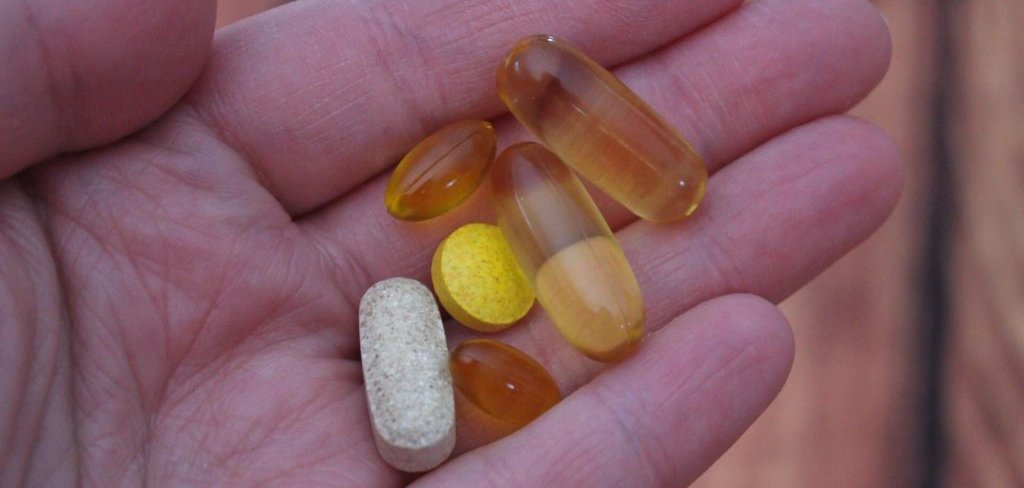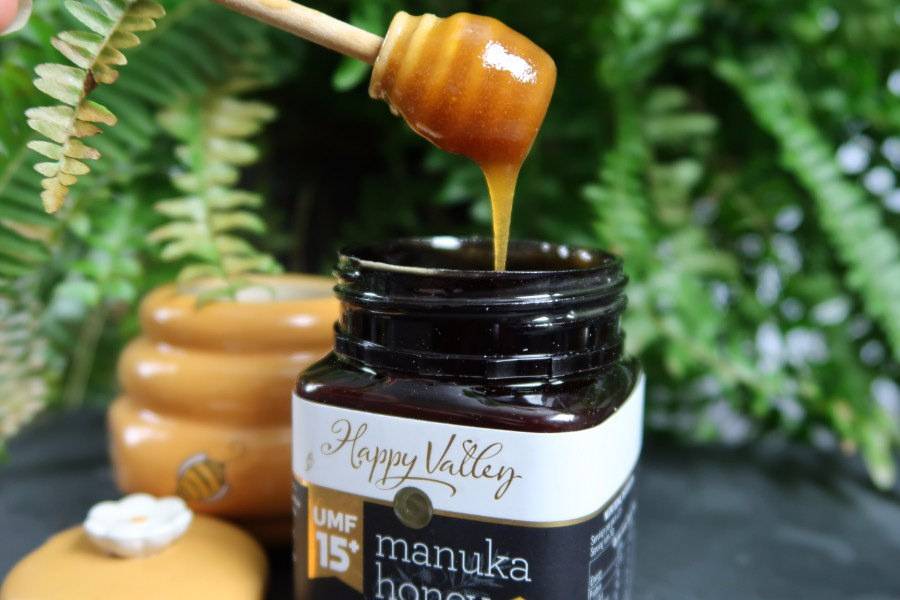The age-old saying “An apple a day keeps the doctor away” is very misleading when you consider just how many apples an average person would have to eat just to get their daily dose of vitamin C, and then also factor in how much sugar you’re consuming with each apple you eat.
Sugar is killing North Americans, and we all eat way too much of it.
A single medium-sized apple contains approximately 25g of carbohydrates, with 4.4g of fiber. Subtract the fiber content from that same apple and you’re consuming around 20.6g of net carbohydrate (i.e., sugar) with that one apple. That’s enough sugar to raise the blood sugar of a diabetic by several points!
Aside from fiber, the only nutrition that apple provides is 15% of the recommended daily intake (RDA) of vitamin C.
Forget everything you’ve heard about apples being one of the world’s healthiest foods. Sure, they’re better than nothing, but there are much healthier foods, that are much more nutrient dense, and which contain way less sugar per serving.
1. Almonds
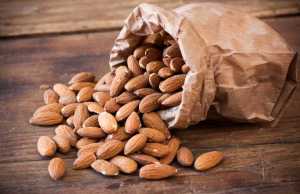
Almonds can be eaten raw, roasted, blanched, whole, or ground. They’re great alone, or as a salad topper, and can even be used to make delicious gluten-free, low-carb alternatives to wheat flour recipes like bread, cookies, pancakes, crackers, muffins, pie crusts, and so much more. See some delicious recipes on this page: 10 Great Almond Flour Recipes.
Almonds sometimes get a bad rap because they’re high in fat and calories. Despite this, they’ve been shown to help people lose weight, due to the high level of healthy craving-curbing fats they contain, and the low net carbohydrate values they offer. Studies have also shown that the body doesn’t actually process all the calories in an almond like it does many high-carb foods and meats (learn more).
A couple of handfuls of almonds contains 20g of carbs and 11g of fiber, making the carb load much lower than an apple at just 9g per serving. They also contain the following RDA values: 109% manganese, 125% vitamin E, 57% riboflavin, 47% copper, 46% phosphorous, 25% calcium, 20% iron, 19% potassium, 12% folate, and smaller amounts of vitamin B6 and selenium.
2. Eggs
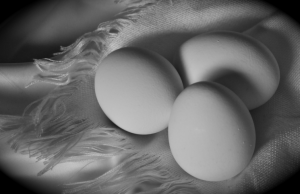
Eggs are a carb free food that can be eaten poached, scrambled, sunny side up, sunny side down, or mixed with your favorite dishes. Good ole chicken eggs. It is important to get plenty of low-carb veggies, fruits, and nuts, but eggs could easily make the top of any superfood list simply due to the super-high nutrient value they offer.
Don’t buy into the high cholesterol myths surround eggs either. Consuming animal cholesterol has no proven impact on human blood cholesterol levels (learn more).
One large egg provides you with over 25% the daily requirement of selenium; a nutrient that’s essential for optimal metabolic function in your body. It’s also a nutrient that many North Americans are deficient in, due to the highly processed diets we consume. Eggs also offer 6g of amino-rich protein per serving, 10% RDA of vitamin B12 and riboflavin, along with smaller doses of iron, calcium, zinc, phosphorous, folate, pantheonic acid, thiamine, and vitamins A, D, E, and K.
3. Avocados
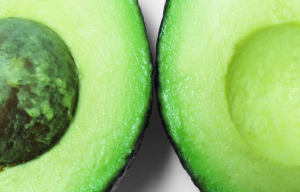
Avocados are a nutty-tasting superfruit that are gaining popularity as a great sandwich topper. You can eat them raw, or add them to a variety of cooked dishes. The natural fiber content in avocados nearly cancels out the carbohydrate value.
One medium fruit contains 12g of carbohydrate and 10g of fiber. Even better, avocados come with 21 grams of healthy fats that help to maintain cardiovascular health, while helping to keep your skin and hair healthy. That same medium-sized fruit contains 20% RDA of potassium, 24% RDA vitamin C, 20% RDA vitamin B-6, and trace amounts of other vitamins and minerals.
4. Cantaloupe

Cantaloupes don’t get nearly the attention they should. They can be eaten on its own, or added to your favorite fruit salad.
A quarter of a single melon offers 84% RDA of vitamins C and A. The sugar content of that same serving size is acceptable at 9g. That same serving also offers 10% our daily dose of potassium, approximately 5% RDA of magnesium and vitamin B6, along with trace amounts of iron, calcium and magnesium. The vitamin C content and low sugar load of cantaloupe makes it much healthier than 4 apples put together.
5. Cauliflower
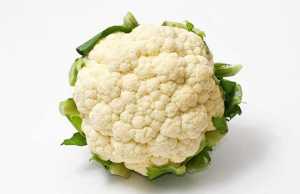
Cauliflower is a great low-sugar, high-nutrient cruciferous vegetable. You can eat it raw, steamed, or cooked. It’s a great substitute for rice and makes a delicious gluten free alternative for many dishes (see recipes.)
One quarter of a medium head of cauliflower has only 7.5g of carbs, combined with 3g of natural fiber, netting 4.5g per serving. That same serving size offers 114% of your daily dose of vitamin C, 14% potassium and vitamin B6, and smaller trace amounts of magnesium, iron, and calcium.
Still Think an Apple a Day is the Best Way to Keep the Doctor Away?
Apples are perfectly fine to eat, in moderation. However, hopefully you’ve learned that the nutrition they offer pales in comparison to superfoods like almonds, eggs, avocados, cantaloupe, and cauliflower. If you simply cannot resist the sweet or sour lure of the apple, eat them a half hour before a workout or other calorie-burning activities, so you can make more effective use of the high carb load they place on your metabolism.


